The Modular Housing Handbook – A Must Read
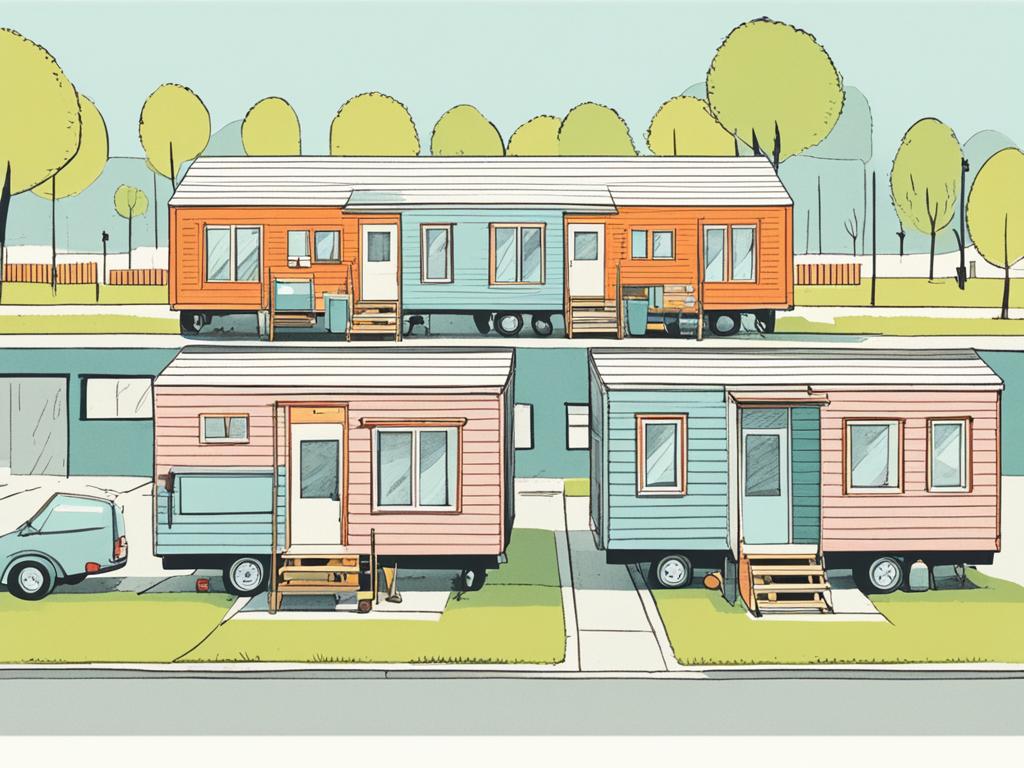
Modular construction has the potential to improve housing quality, speed up delivery, and reduce building costs. This practical handbook combines real-world advice on designing modular housing with a compelling argument for off-site construction. It emphasizes the benefits and challenges of modular construction and shows that it can provide an opportunity for greater design impact. The Modular Housing Handbook provides inspiration and practical advice, with over 100 photographs of exemplar projects.
Key Takeaways:
- Modular construction offers improved housing quality, faster delivery times, and reduced building costs.
- Modular construction promotes sustainable housing by using eco-friendly materials and energy-efficient designs.
- Architects play a crucial role in designing modular housing, taking advantage of innovative construction techniques and energy-efficient principles.
- The Modular Housing Handbook features case studies of successful modular construction projects, showcasing their benefits and affordability.
- The future of modular construction looks promising, with advancements in technology and innovative design approaches.
Whether you’re an architect, designer, or professional in the housing industry, The Modular Housing Handbook is a valuable resource. It provides practical guidance and showcases inspiring case studies that highlight sustainable and affordable housing solutions. Explore the world of modular housing and discover how it can revolutionize the future of design and construction.
The Benefits of Modular Construction
Modular construction offers several key benefits that make it an attractive option for sustainable and affordable housing.
- Improved Housing Quality: Modular construction ensures consistent quality control as the building components are manufactured in a controlled factory setting. This results in fewer defects and higher-quality finishes compared to traditional construction methods.
- Faster Delivery Times: Prefabricated modules are built concurrently with site preparation, resulting in faster project timelines. This accelerated construction process can reduce the overall time required to complete a housing project by up to 50%.
- Reduced Building Costs: The controlled factory environment of modular construction reduces material waste and the risk of delays due to weather conditions. This efficiency translates into cost savings, making modular construction a cost-effective option for housing projects.
- Sustainable Housing Solution: Modular construction promotes sustainability by utilizing eco-friendly materials and energy-efficient designs. These practices minimize the environmental impact associated with construction and contribute to a greener housing industry.
- Affordable Housing Options: One of the key advantages of modular construction is its ability to create affordable housing options. By optimizing design and production processes, modular construction can provide cost-effective solutions that make housing more accessible for a wider range of individuals and families.
With its benefits in terms of improved quality, faster delivery, reduced costs, sustainability, and affordability, modular construction is revolutionizing the housing industry, offering a promising alternative to traditional building methods.
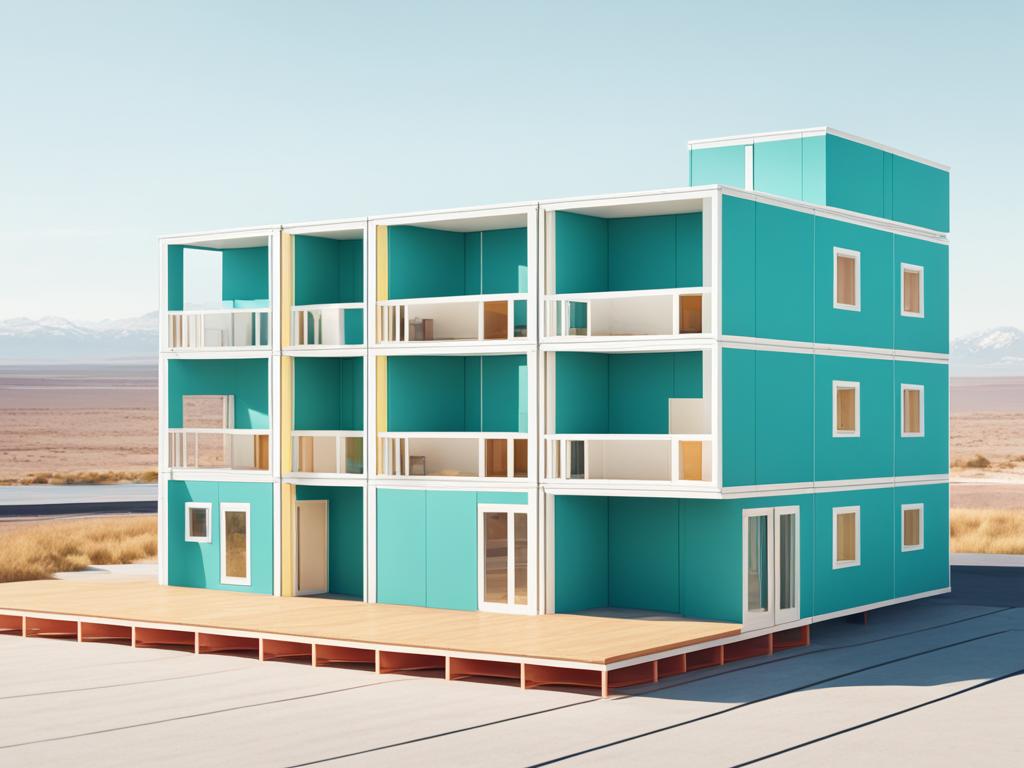
Building a Sustainable Future with Modular Construction
Modular construction plays a vital role in the pursuit of sustainable housing. By prioritising eco-friendly materials and energy-efficient designs, modular housing helps to reduce carbon footprint and minimize the impact on the environment. With its expedited construction timelines and reduced waste, modular construction presents a greener solution for the housing industry. Furthermore, by creating affordable and accessible housing options, it enables individuals and families to adopt a more sustainable lifestyle.
Designing Modular Housing
When it comes to designing modular housing, architects need to consider various factors, including construction techniques, building codes, and energy-efficient principles. By carefully integrating these elements, architects can create innovative and efficient designs that meet both aesthetic and functional requirements.
Modular construction techniques offer architects the opportunity to take a greater role in the design process and achieve more influence in their housing projects. With greater control over the manufacturing process, architects can customize modular components to suit the specific needs of each project. This level of customization allows for enhanced design impact and the creation of unique, contemporary structures.
Adhering to the building codes is crucial in ensuring the safety and compliance of modular housing projects. Architects must stay up-to-date with the current regulations to ensure that their designs meet all the necessary requirements. By staying informed on building codes, architects can confidently integrate modular construction methods into their designs while maintaining legal compliance.
In addition to construction techniques and building codes, energy-efficient principles play a significant role in designing modular housing. With a growing emphasis on sustainability, architects are incorporating energy-efficient features into their designs to create more environmentally friendly and cost-effective homes. Energy-efficient modular housing can help reduce carbon emissions, lower energy consumption, and provide homeowners with long-term savings on utility bills.
By embracing modular construction methods and considering construction techniques, building codes, and energy-efficient principles, architects can create exceptional housing designs that are not only visually appealing but also functional and sustainable.

Case Studies: Exemplar Projects
The Modular Housing Handbook includes in-depth case studies of exemplar projects that showcase the successful implementation of modular construction. These case studies provide real-world examples of how modular construction can deliver sustainable and affordable housing solutions.
The case studies featured in the handbook demonstrate the numerous benefits of off-site construction. By adopting modular construction techniques, these projects have achieved faster construction times, reduced costs, and enhanced quality control.
One of the exemplar projects highlighted in the handbook is the Green Meadows Development in Manchester. This sustainable housing project utilized modular construction to create energy-efficient homes that minimize the environmental footprint. The use of eco-friendly materials and energy-efficient designs further enhances the sustainability aspect of these modular homes.

This image showcases the impressive modular construction of the Green Meadows Development. It exemplifies how modular construction can be used to create aesthetically pleasing and functional homes while adhering to sustainable principles.
Another notable case study highlighted in the handbook is the River View Apartments in London. This project demonstrates the versatility of modular construction by creating affordable housing options in a bustling city. The speed of construction enabled by modular techniques allowed for a quicker delivery of these much-needed housing units.
These case studies, along with others presented in the handbook, serve as inspirations for architects and professionals in the housing industry. They illustrate how modular construction can offer innovative solutions that address the pressing challenges of housing affordability and sustainability.
- Green Meadows Development: A sustainable housing project in Manchester that showcases the use of modular construction for energy-efficient homes
- River View Apartments: Affordable housing units in London built using modular construction techniques to address the city’s housing demand
The case studies featured in The Modular Housing Handbook provide a comprehensive understanding of the practical applications and benefits of modular construction in different contexts. By highlighting successful exemplar projects, this handbook serves as a valuable resource for architects, developers, and industry professionals looking to incorporate modular construction into their own projects.
The Future of Modular Construction
The future of modular construction is bright and promising, with advancements in technology and innovative design approaches. Architects and professionals in the building industry are increasingly recognizing the numerous benefits of off-site construction and its potential to revolutionise the way we build. The Modular Housing Handbook explores emerging trends and discusses the importance of adopting a more modular approach in the construction industry.
As technology continues to advance, modular construction techniques are evolving and improving. This leads to more efficient and cost-effective building processes, allowing projects to be completed with greater speed and precision. Innovative design approaches are also being implemented, enabling architects to push the boundaries of what is possible in terms of aesthetics and functionality.
One of the key advantages of modular construction is its ability to address the challenges faced by the traditional building industry. By shifting the construction process to off-site manufacturing facilities, the building industry can streamline operations, reduce waste, and improve quality control. This modular approach also allows for greater flexibility and scalability, making it easier to adapt to changing demands and requirements.
The Importance of Innovation
Embracing innovative design and construction approaches is crucial for the future of modular construction. Architects and designers have a unique opportunity to push the boundaries of what can be achieved in terms of sustainability, energy efficiency, and aesthetics. By incorporating modular construction methods into their projects, they can create homes and buildings that are not only visually striking but also environmentally friendly and energy-efficient.
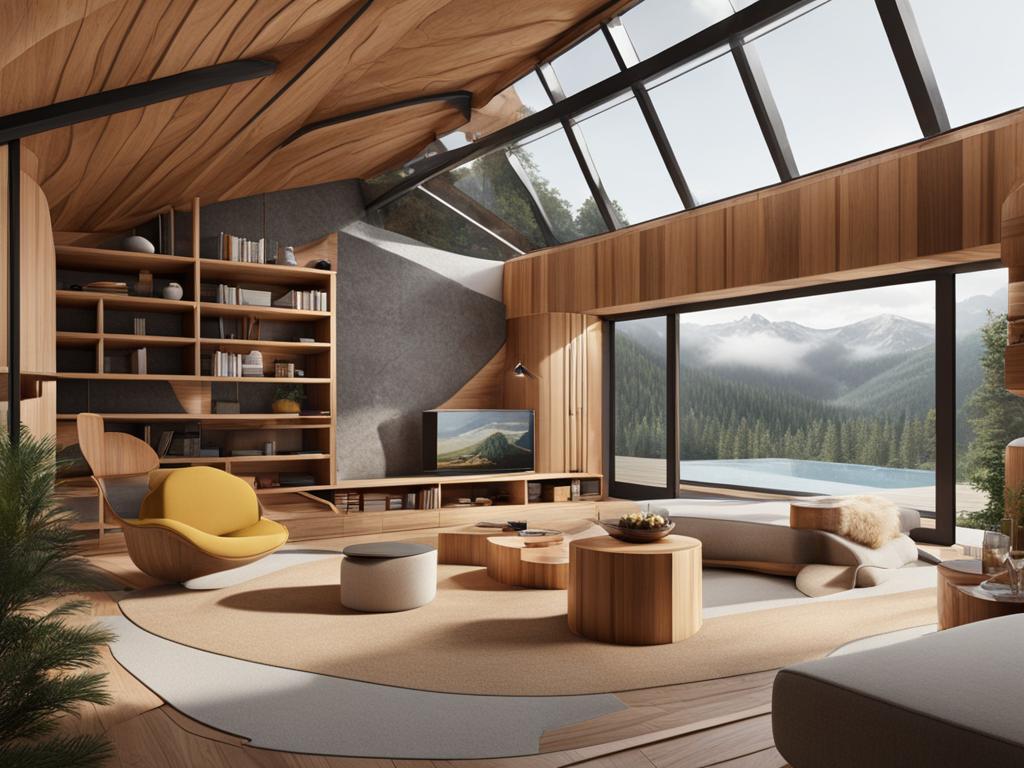
Furthermore, the construction industry as a whole can benefit from the adoption of modular construction. By embracing this approach, companies can reduce construction waste, improve safety on construction sites, and lower overall project costs. This not only benefits the environment but also makes housing more affordable and accessible for individuals and families.
The Transformation of the Building Industry
The rise of modular construction is transforming the building industry as we know it. Architects, builders, and developers are realising the potential that off-site manufacturing can bring to their projects. The speed, efficiency, and quality control offered by modular construction are revolutionising the construction process and setting new industry standards.
Furthermore, the modular housing sector is driving innovation in design, materials, and building techniques. This has the potential to create a ripple effect throughout the entire construction industry, encouraging traditional builders to embrace more efficient and sustainable practices.
The future of the building industry lies in the hands of those who are willing to embrace modular construction and push the boundaries of innovation. With the Modular Housing Handbook as a guide, architects and professionals in the building industry can gain valuable insights into the potential of modular construction and how it can drive positive change for the future.
Table of Contents
Welcome to the Table of Contents of The Modular Housing Handbook. This comprehensive guide is your essential resource for understanding modular construction and its application in the housing industry. With a structured and organized approach, this handbook covers various sections, providing valuable insights and practical advice for architects, designers, and professionals in the field.
Making Modular Housing
- The Benefits of Modular Construction
- Designing Modular Housing
Case Studies of Exemplar Projects
- Project A: Sustainable Modular Housing
- Project B: Affordable Prefab Homes
- Project C: Innovative Modular Design
The Architect’s Role in the Industry
- Collaborating with Modular Construction Companies
- Addressing Building Codes and Regulations
- Creating Energy-Efficient Modular Homes
Explore each section of The Modular Housing Handbook to gain a comprehensive understanding of modular housing. Discover the benefits, learn about successful case studies, and delve into the architect’s role in this innovative industry.

Conclusion
The Modular Housing Handbook is an invaluable resource for architects, designers, and professionals in the housing industry. As modular construction gains popularity, this comprehensive guide provides essential insights into the benefits and challenges of this innovative approach.
With a focus on sustainable and affordable housing solutions, the handbook showcases successful case studies that demonstrate the potential of modular construction. From eco-friendly materials to energy-efficient designs, modular housing offers a practical and environmentally conscious alternative.
Whether you’re looking to customise your own modular home or seeking inspiration for your next project, the handbook offers practical advice and inspiring examples that can transform the way we design and build homes. By embracing modular construction, we can create more efficient, cost-effective, and sustainable housing for the future.
FAQ
What is the purpose of The Modular Housing Handbook?
The Modular Housing Handbook provides real-world advice on designing modular housing and presents a compelling argument for off-site construction. It showcases the benefits and challenges of modular construction and offers inspiration and practical advice through case studies and photographs of exemplar projects.
What are the benefits of modular construction?
Modular construction offers improved housing quality, faster delivery times, and reduced building costs. Additionally, it promotes sustainability by using eco-friendly materials and energy-efficient designs, and it enables the creation of affordable housing options.
What factors should be considered when designing modular housing?
Designing modular housing requires careful consideration of construction techniques, building codes, and energy-efficient principles. Architects have the opportunity to play a greater role in the design process and achieve more influence in their housing projects by incorporating modular construction methods.
Can you provide examples of successful modular construction projects?
The Modular Housing Handbook features case studies of exemplar projects that showcase the successful implementation of modular construction. These case studies highlight sustainable and affordable housing solutions and serve as inspiration for architects and professionals in the industry.
What does the future hold for modular construction?
The future of modular construction looks promising, with advancements in technology and innovative design approaches. Architects and professionals in the building industry are recognizing the benefits of off-site construction and its potential to revolutionize the way we build.
What topics are covered in The Modular Housing Handbook?
The Modular Housing Handbook covers various topics such as making modular housing, case studies of exemplar projects, and the architect’s role in the industry. It provides a structured and organized approach to understanding modular construction and its application in the housing industry.

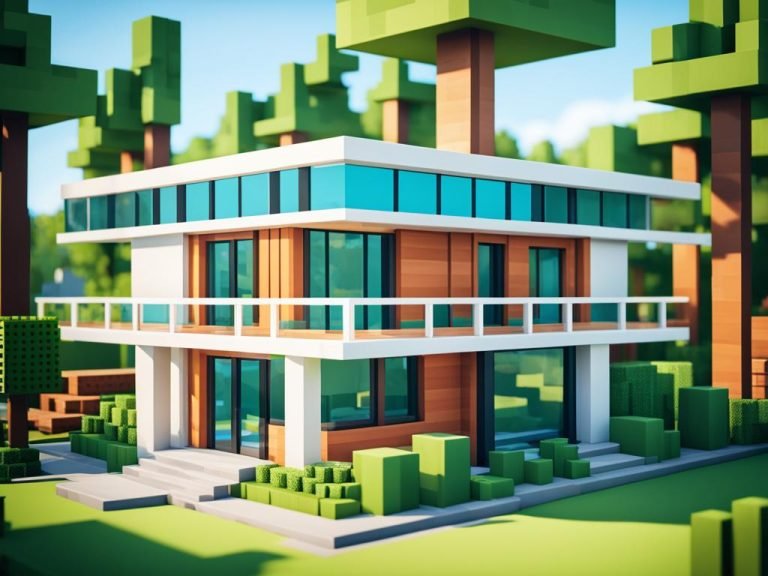
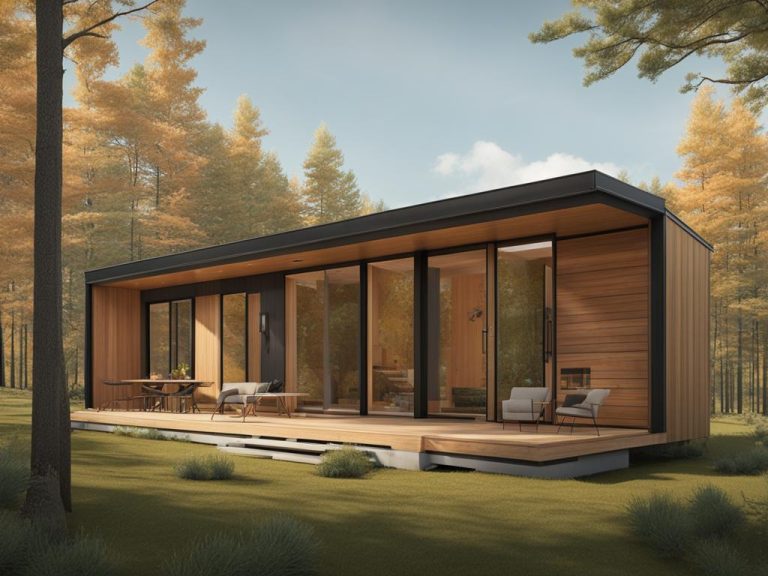
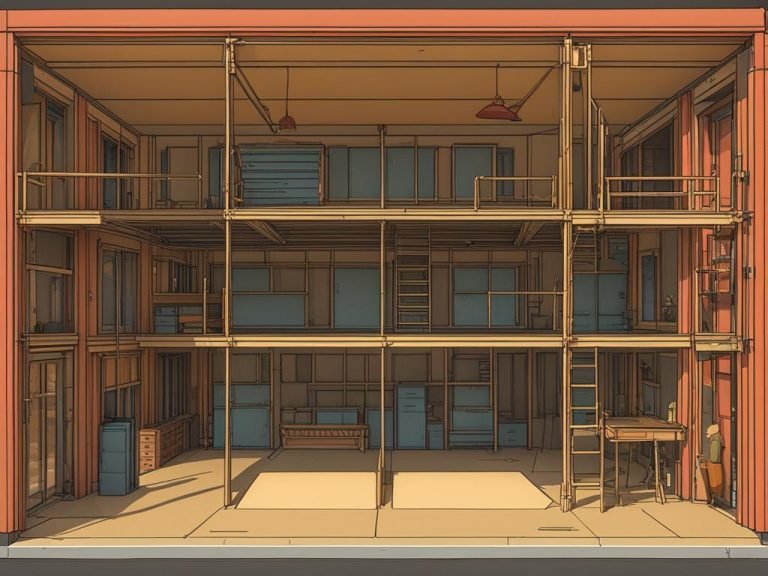

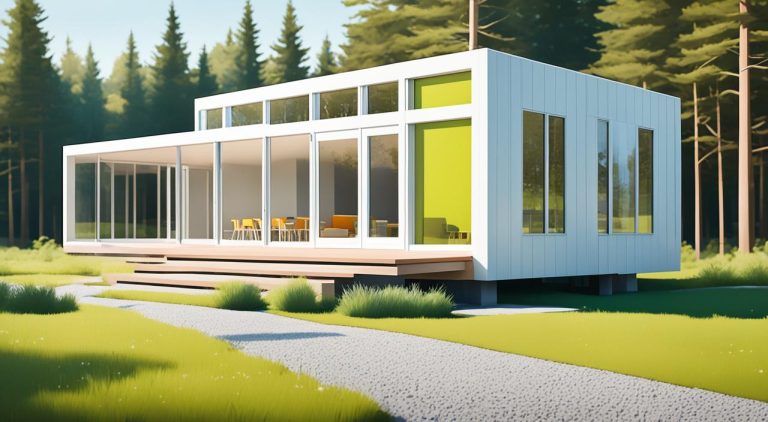

Its like you read my mind You appear to know so much about this like you wrote the book in it or something I think that you can do with a few pics to drive the message home a little bit but other than that this is fantastic blog A great read Ill certainly be back